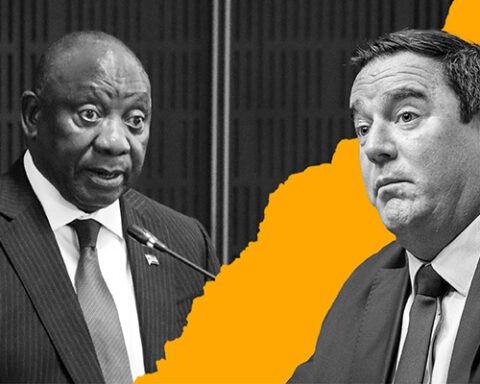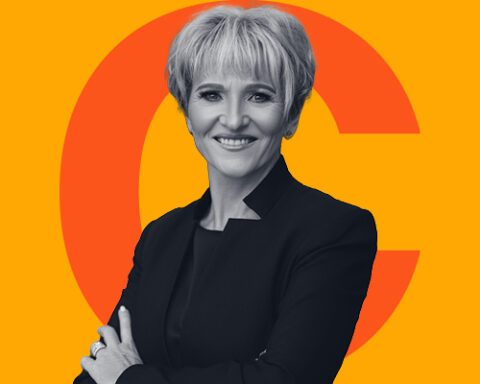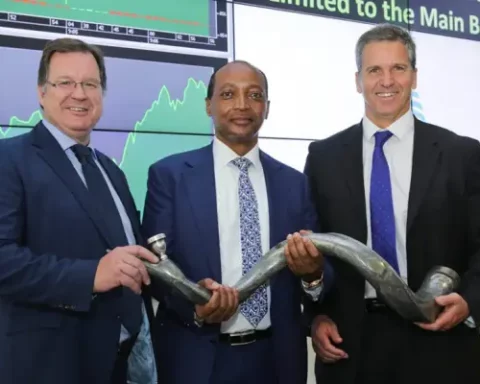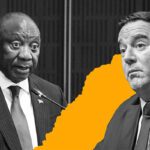The gold price recently hit the psychologically important level of $3,000 per ounce. With no signs that global market volatility will subside soon, we revisit the investment case and asset class for gold. It is an investment exposure that is sometimes shunned by purists seeking regular cash flow, but one that has stood the test of time as a major form of wealth preservation and diversification.
Gold is steeped in history. From the emergence of gold coins for trade around 1500BCE to the pegging of major currencies to the gold standard and Bretton Woods system, the metal has maintained a central position in trade, world economies and international monetary systems.
These days, gold has found more practical uses in dental procedures, as a conductor in electronics and in building aerospace vehicles, yet the metal’s use primarily remains in jewellery design. Of the 216,265Mt of above-ground gold stock, 45% is found in jewellery, followed by 22% (48,634t) in bars and coins, and 17% (37,755t) is stored in central banks.
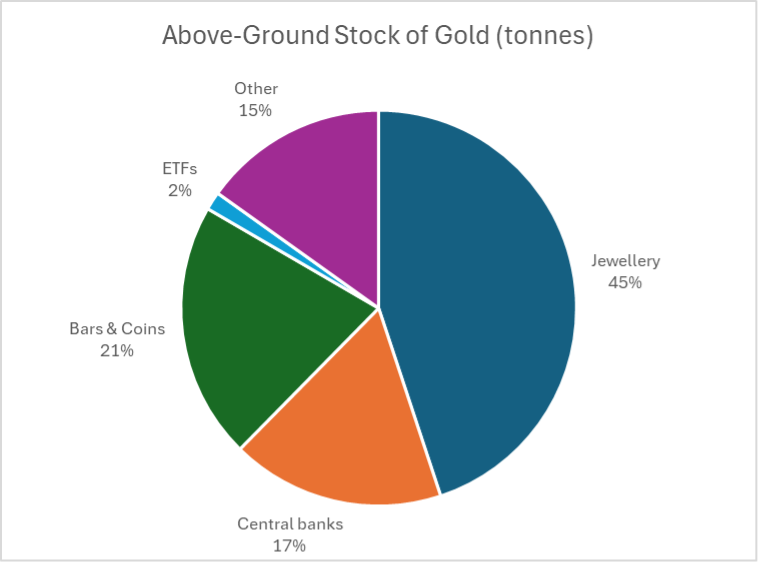
The investment case for gold
As history shows, use cases for gold ebb and flow, but it never completely loses its lustre, making it a compelling consideration as part of an investment portfolio.
The two main reasons to consider investing in gold are:
- As a hedge against inflation. Changing politics, economic instability, global risk and the threat of de-dollarisation (which would see a significant reduction in the major currencies in world trade and transactions) are all causes for concern. As a physical asset with intrinsic value, gold represents a store of value that can act as a hedge against these concerns. Additionally, most of the investment market has little tangible value. Instead, it is represented digitally by bits and bytes, so for some people, gold represents a hedge against the collapse of financial assets.
- As a means of diversification. Diversification is the most compelling case for investing in gold, regardless of whether a doom-and-gloom scenario is expected or not. By including gold in a portfolio, investors can protect themselves against countercyclical events in the market through an investment that looks, feels and acts differently from other assets in a portfolio.
Traditionally, equities and bonds were the two primary asset classes in a relatively countercyclical portfolio. By having both in a portfolio, you had a decent form of diversification.
However, in recent years we’ve seen that counterbalancing diversification break down, with equities and bonds becoming much more synchronised. That means your ability to diversify risk by using equities and bonds, or growth assets and income assets, has become much less pronounced.
This was particularly evident in 2022, when the equity and bond markets in the US, and by extension in many other parts of the world, both fell sharply at the same time. As a result, many portfolios that had adopted a traditional 60/40 split experienced their worst performance in more than a century.
A rising price
We’ve recently seen a strong rise in the price of gold. Over the past year, the asset class has appreciated 38.8%, and on March 14 it broke through the $3,000-an-ounce barrier. This indicates increased investment demand from people looking for portfolio diversification.
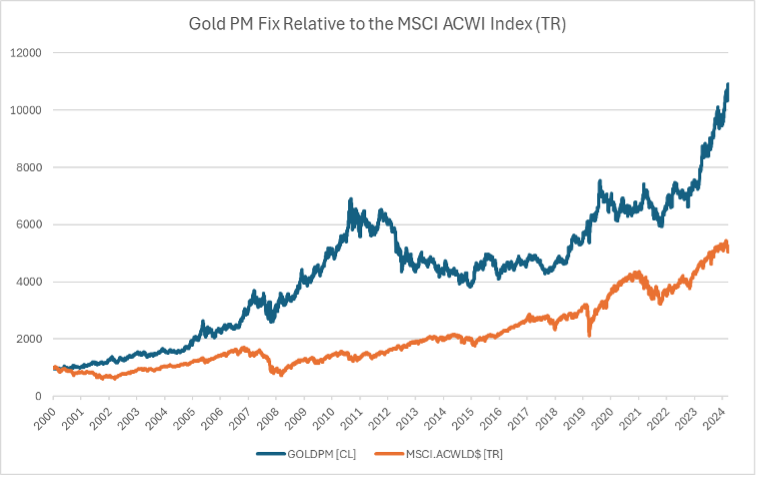
Trading demand has also increased, with a significant spike in trading volumes around gold. These are mostly short-term speculative trades, but we’ve also seen a sharp rise in the physical movement of gold bars around the globe, from one vault to another and, most pronounced, from region to region. The regional movement of gold perhaps further signifies the fractious status of global politics and a return to the most basic of old-fashioned nationalistic economic policy, but one we must watch all the same.
Our trade view
Technically, gold is difficult to value: it generates no earnings, so ratio-based valuation metrics are irrelevant; it also has no cash flows, so a discounted cash flow model is out of the question. It is more of a case of beauty in the eye of the beholder.
This has meant that many traditional investors don’t incorporate the asset class when constructing portfolios. But given the volatile investment climate, elevated geopolitical risks, trade wars, climate change and more, and the increasingly synchronised nature of traditional financial assets, in our view, ignoring the investment case for gold is a missed opportunity.
We believe there is a place for gold in a well-diversified portfolio; how much and how aggressively one invests depends on the individual investment objective, risk appetite and time horizon.
The JSE exchange-traded funds (ETF) market offers two opportunities to incorporate exposure to gold in a portfolio:
- As a direct play via gold-backed ETFs. Absa NewGold and the 1nvest Gold ETF are both physically backed JSE-listed ETFs that track the dollar gold price and provide pricing in rand. This securitised access makes investing in the asset class directly seamless.
- Aa an indirect play via gold miners in a resources-linked ETF such as the Satrix RESI. This ETF, which tracks the FTSE/JSE Capped RESI10 index, currently has more than 50% allocation to gold miners via Harmony, AngloGold Ashanti and Gold Fields. These counters offer an often leveraged position into the asset class and also include a dividend stream courtesy of the cash flows generated by the mining companies.
Most institutional investment vehicles, such as retirement funds and unit trusts, offer limited exposure to gold. The discerning investor who wants to “trade your view” on gold needs to do so independently, with ETFs offering an efficient, secure and cost-effective way to do so.
Nerina Visser is an ETF strategist, financial adviser, and director at ETFSA Portfolio Management Company. She is a regular media commentator, conference speaker, and host of the ‘ETF Investor’ podcast. A former president of CFA Society South Africa, she currently serves as the Presidents Council representative for the Middle East & Africa at the CFA Institute.
Top image: Alexander Grey/Unsplash.
Sign up to Currency’s weekly newsletters to receive your own bulletin of weekday news and weekend treats. Register here.

